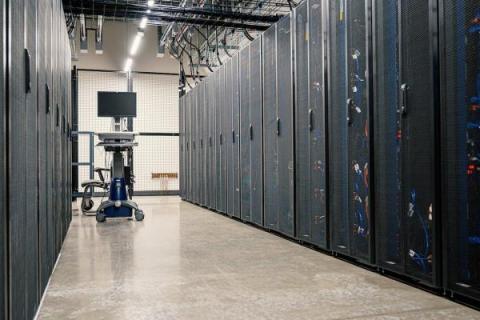Operations | Monitoring | ITSM | DevOps | Cloud
Latest News
3 Straightforward Pros and Cons of Datadog for Log Analytics
The concise guide to Loki: How to work with out-of-order and older logs
For this week’s installment of “The concise guide to Loki,” I’d like to focus on an interesting topic in Grafana Loki’s history: ingesting out-of-order logs. Those who’ve been with the project a while may remember a time when Loki would reject any logs that were older than a log line it had already received. It was certainly a nice simplification to Loki’s internals, but it was also a big inconvenience for a lot of real world use cases.
Shadow IT & How To Manage It Today
Generating and Comparing Statistics with Eventstats in Cribl Search
When exploring data, comparing individual data points with overall statistics for a large data set is often useful. For example, you might be interested in understanding when a performance metric rises above the historical average. Or possibly knowing when the variance of that metric increases past a certain threshold. Or maybe noting a change in the distinct number of IP addresses connecting to your public web portal.
The Importance of Traces for Modern APM [Part 2]
Observability 101: What is an Observability Pipeline?
Using the AWS API Dataset Provider in Cribl Search to Build Dashboards
This blog post discusses utilizing Cribl Search to pull and visualize data from the AWS API without ingesting data. This will allow you to collect, analyze, and visualize data from your AWS account in real time without ingesting the data first.








